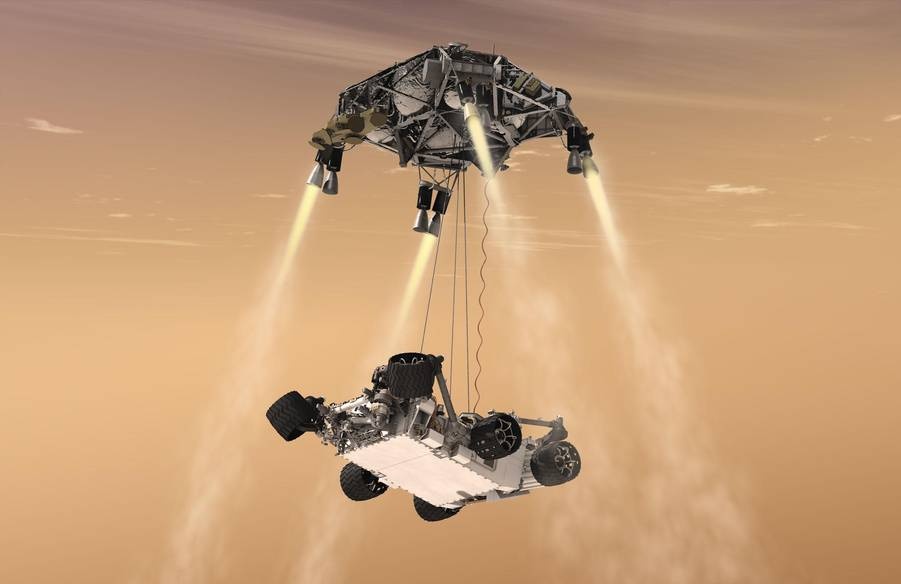
The Indian Space Research Organisation (ISRO) is setting its sights on a historic achievement with Mangalyaan-2, its second mission to Mars. Following the success of its first mission, Mangalyaan, ISRO is confident in its ability to become the third nation globally to successfully land a spacecraft on the Red Planet.
Sky Crane and Martian Helicopter: The New Frontier
A presentation on National Technology Day at the Space Application Centre revealed exciting details about the mission. Mangalyaan-2 will utilize a sky crane, a technology similar to that used by NASA's Perseverance rover, for a controlled and precise landing. ISRO is developing its own indigenous version of this system, ensuring a safe arrival for the rover in the challenging Martian terrain.In addition to the rover, ISRO is also developing a helicopter, nicknamed "MARBLE" (Martian Boundary Layer Explorer). This aerial vehicle will be equipped with scientific instruments and is designed to explore the Martian atmosphere, reaching altitudes of up to 100 meters.
Communication and Mission Objectives
To maintain communication between Earth and Mars, ISRO plans to deploy a relay communication satellite ahead of the main spacecraft. Launched aboard the Polar Satellite Launch Vehicle (PSLV), this satellite will bridge the vast distance and ensure uninterrupted communication.The mission will be launched using the heavy-lift Launch Vehicle Mark-III (LVM3). Mangalyaan-2 aims to further India's space exploration efforts, with the rover expected to analyze the Martian surface, its composition, and potentially uncover signs of past or present life.
International Collaboration and Future Goals
While details about the rover's scientific instruments haven't been fully disclosed, the combination of a rover, helicopter, and sky crane demonstrates a significant leap forward in ISRO's technological capabilities. This mission highlights ISRO's commitment to pushing the boundaries of space exploration and solidifies India's position as a leader in aerospace innovation.The Mangalyaan-2 mission is a testament to India's growing prowess in space technology and its ambition to explore the unknown. The mission is scheduled to launch in 2031, and the world eagerly awaits the new discoveries it may bring.
